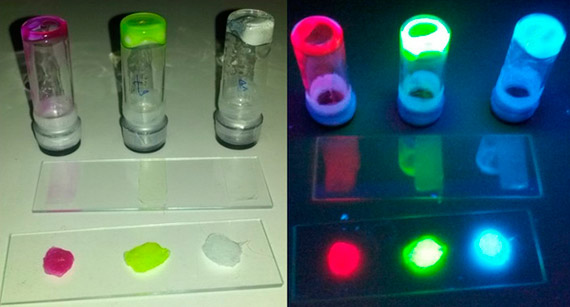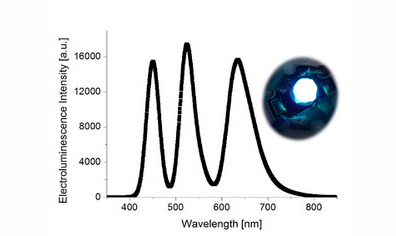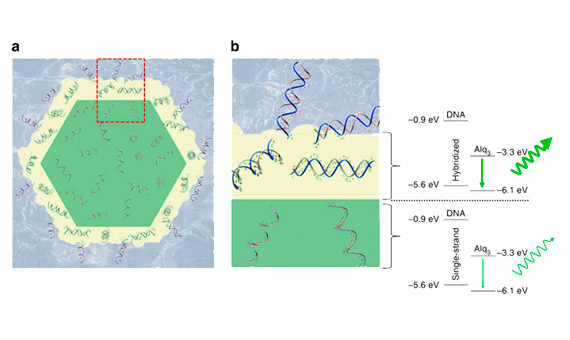Strictly speaking, the prefix “bio” means “life”. From a linguistic point of view, the aim of using this prefix in the name of many products is to suggest or connote the idea of life itself. The concept of “BioLED” requires some refinement as to its meaning, as until quite recently this was the name given to conventional LEDs used for ecological purposes, or to LEDs that were more environmentally friendly in energy terms, such as heat lamps for plant cultivation or fish rearing.
Today the term BioLED is understood to refer to an invention that has revolutionized the world of lighting thanks to biotechnology, giving rise to a light bulb that works using proteins or DNA with fluorescent properties.

The University of Erlangen-Nuremberg (Germany) recently published an article explaining the functioning of this highly unorthodox light bulb. The luminescent components contain a protein polymer that forms the capsule or gel covering that surrounds part of the diode. These proteins are produced by bacteria, and emit a pure white light after being excited by other light sources. The team of researchers used blue or ultraviolet LEDs.

It is also worth noting that the pure white light obtained is not only less harmful to the eyes and less contaminating than other light sources, but also appears to generate less stress. The light spectrum produced by these BioLEDs has the same amount of blue, red and green components, as can be seen in the image above.
Increasing luminosity by 3,000% with double-strand DNA
The team of researchers Back, S. H. et al. have discovered that by using other organic molecules such as DNA, it is possible to increase the efficacy of other semiconductors already used in OLED (organic light-emitting diode) technology. This technology uses alumina quinoline to produce certain light spectra (green and blue). In order to improve the efficiency of this technology, they introduced double-strand DNA (dsDNA) in the form of a fine layer. The result of this addition is a DNA that produces a 30-fold increase in light intensity. This phenomenon works by blocking the loss of electrons that would occur in the presence of double-strand DNA.

Another advantage of these innovative light bulbs is that they are made from organic material and are therefore completely biodegradable. Conventional LED light bulbs contain materials such as cerium and yttrium, rare-earth inorganic materials that take a long time to degrade, a fact that raised the cost of first generation LED technology.
Despite this list of advantages, one refinement that still needs to be tackled is the life of the luminescent proteins, as the ones produced so far only last 100 hours on average. Scientists are optimistic on this point, claiming that just as proteins can be made to mutate for other purposes, the productive life of these proteins could be increased to thousands of hours with the appropriate modifications.
Fede Burguet
Medical student
Comments on this publication